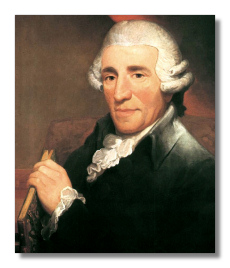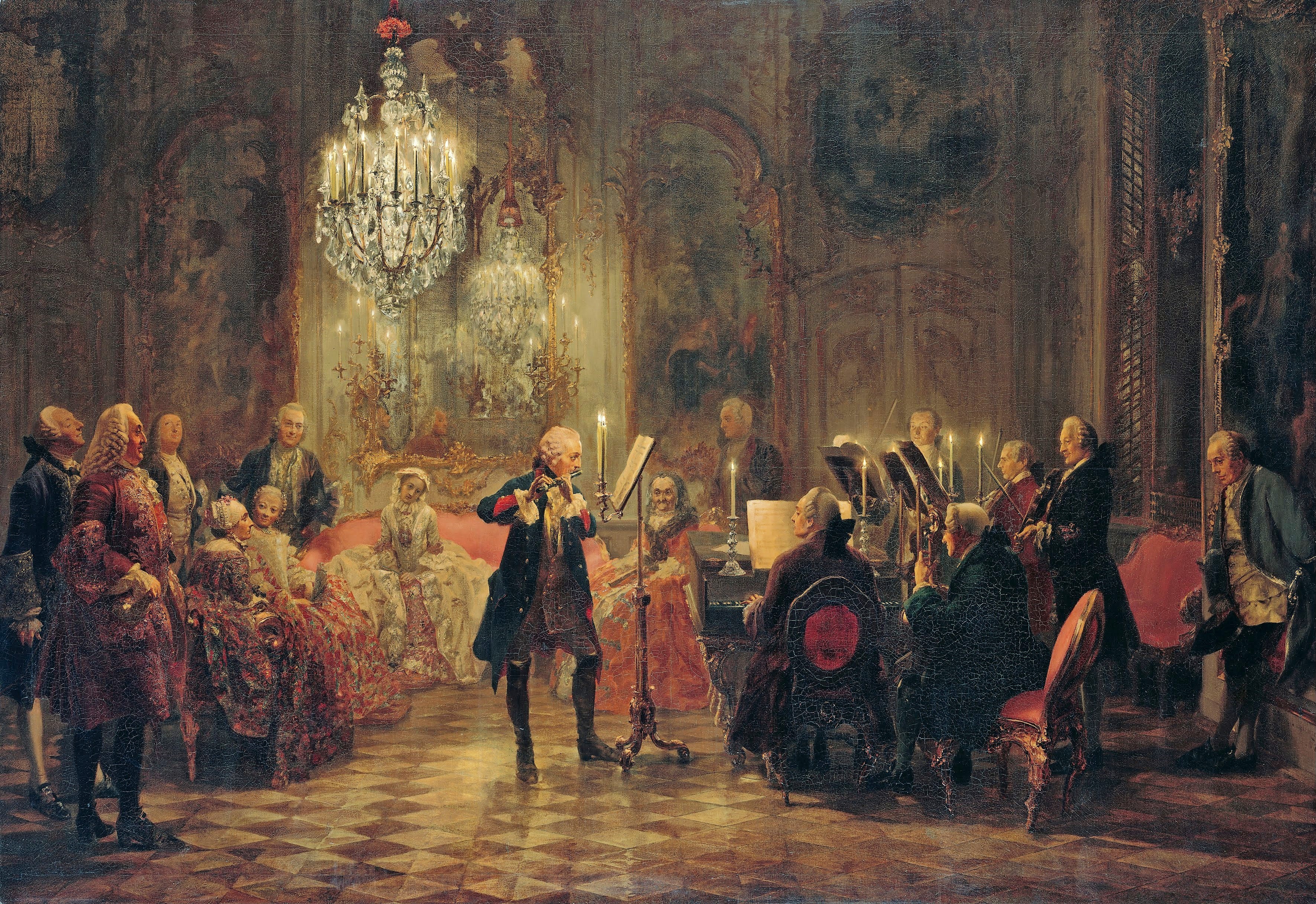Early Romantic Period (1800 - 1830) - Beethoven
Extending the bounds of music beyond the restrictive formality of Classicism was the prime function of the musical period known as Romanticism. Formal concern, intellectuality and concise expression have now been augmented by sentiment, imagination and effect.
This next period in musical history therefore found composers attempting to balance the expressive and the formal in music with a variety of approaches. As the musical map opened up, with nationalist schools beginning to emerge, it was the search for originality and individuality of expression which began here that was to become such an over-riding obsession in the present century.
The Romantic era was the golden age of the virtuoso, where the most fiendishly difficult music would be performed with nonchalant ease, and the most innocuous theme in a composition would be developed at great length for the enjoyment of the adoring audience. The emotional range of music during this period was considerably widened, as was its harmonic vocabulary and the range and number of instruments which might be called upon to play it. Music often had a 'programme' or story-line attached to it, sometimes of a tragic or despairing nature, occasionally representing such natural phenomena as rivers or galloping horses. The next hundred years would find composers either embracing whole-heartedly the ideals of Romanticism, or in some way reacting against them.
Of the early Romantic composers, two Nationalists deserve special mention, the Russian Glinka (of Russlan and Ludmilla fame) and the Bohemian Smetana (composer of the popular symphonic poem Vltava or 'The Moldau'). However, the six leading composers of the age were undoubtedly Berlioz, Chopin, Mendelssohn, Schumann, Liszt and Verdi.

But today I'll be talking about Ludwig Van Beethoven (1770 - 1827). Why? Because, as my topic is Progress in music, Beethoven was one of the first composers that decided to abandon the restrict forms of the classical period and go beyond that.
Around 1801-02 Beethoven commented to the violinist Wenzel Krumpholz, "I am not very satisfied with my work thus far. From this day on I shall forge a new path.” His Symphony No. 3 in E flat major, op. 55 (“Eroica”) was a demonstration of Beethoven's desire to develop a new, more expanded form of composition at that time. The style and structure of the Eroica would not only influence Beethoven's subsequent symphonies but those of Brahms, Dvorák and Schumann as well.
When the Eroica was first performed, one of the criticisms claimed it as a "colossal piling of ideas". What really distinguish the Eroica from its precursors is the bold use of harmony, ambiguous meters, rhythmic emphasis, liberal use of counterpoint and increasing the role of the winds, all within an architecture that stresses expansion and shifting of balance. Beethoven has not only expanded the sonata form as a whole but more importantly, two sections previously glossed over, the development section and coda, have been reapportioned to equivalent scope. For Beethoven the development section of a sonata form became the heart of the work. Beethoven was able to do this by making the development section not merely longer, but also more structured. The very long development section of the Eroica Symphony, for example, is divided into four roughly equal sections, making it, in effect, a sonata form within a sonata form. The Coda was also longer, and this time was used as an essencial part of the Symphony. In a single movement, Beethoven doubled the duration of all previous examples, including his own. Using Mozart's last three symphonies as a model and averaging their respective lengths (in measures) the difference in overall length is readily apparent:


Beethoven originally dedicated this work to the great conqueror Napoleon but later scribbled his name off the front page when Napoleon proclaimed himself emperor. Beethoven believed this was a result of self-interest rather than true democratic spirit and later dedicated the symphony 'to the memory of a great man', presumably the man Napoleon used to be. In my research I've found many different opinions about if this is true or not. Some say that the Eroica was written as a self-portrait of Beethoven, and other say that is an exact representation of Napoleon's life. What I found to be the most convicing argument is what was written in Ferdinand Ries memories: "Not only I, but many of Beethoven¹s closer friends, saw this symphony on his table, beautifully copied in manuscript, with the word "Buonaparte" inscribed at the very top of the title-page and "Luigi van Beethoven" at the very bottom. ...I was the first to tell him the news that Buonaparte had declared himself Emperor, whereupon he broke into a rage and exclaimed, "So he is no more than a common mortal! Now, too, he will tread under foot all the rights of man, indulge only his ambition; now he will think himself superior to all men, become a tyrant!" Beethoven went to the table, seized the top of the title-page, tore it in half and threw it on the floor. The page had to be re-copied and it was only now that the symphony received the title "Sinfonia eroica."
When the score was published in 1804 the sub-title Eroica was printed at the head of the page and, in Italian - to celebrate the memory of a great man dedicated (also in Italian) to Prince Lobkowitz, one of Beethoven's Viennese patrons.
The work was composed
in E flat major and the orchestration called for two flutes, two oboes, two
clarinets, two bassoons, three horns, two trumpets, timpani, and strings.
The forms and keys of the Symphony movements are:
1st Movement: Allegro con brio
– Sonata Form in Eb Major
2nd Movement: Marcia funebre
(Adagio assai) - March with Trio in C minor
3rd Movement: Scherzo – Minuet
and Trio in Eb Major
4th Movement: Finale (Allegro
molto-Poco Andante-Presto) – Variation in Eb Major
Here is a great video analysis of the symphony:
With the "Eroica" Beethoven succeeded in taking the decisive step from the "classical" symphony of the 18th century to the "great" symphony of the 19th century: the new elements are the unusual dimensions, the bold instrumentation and harmony and the new cosmopolitan musical language.
 Total serialism - not only pitches but dynamics, articulation and dynamics were planned in a row system; indeterminacy - in which the composer deliberately abstains from clearly defining certain aspects of a composition; extended techniques, all of these are features of the post-modernism movement.
Total serialism - not only pitches but dynamics, articulation and dynamics were planned in a row system; indeterminacy - in which the composer deliberately abstains from clearly defining certain aspects of a composition; extended techniques, all of these are features of the post-modernism movement.

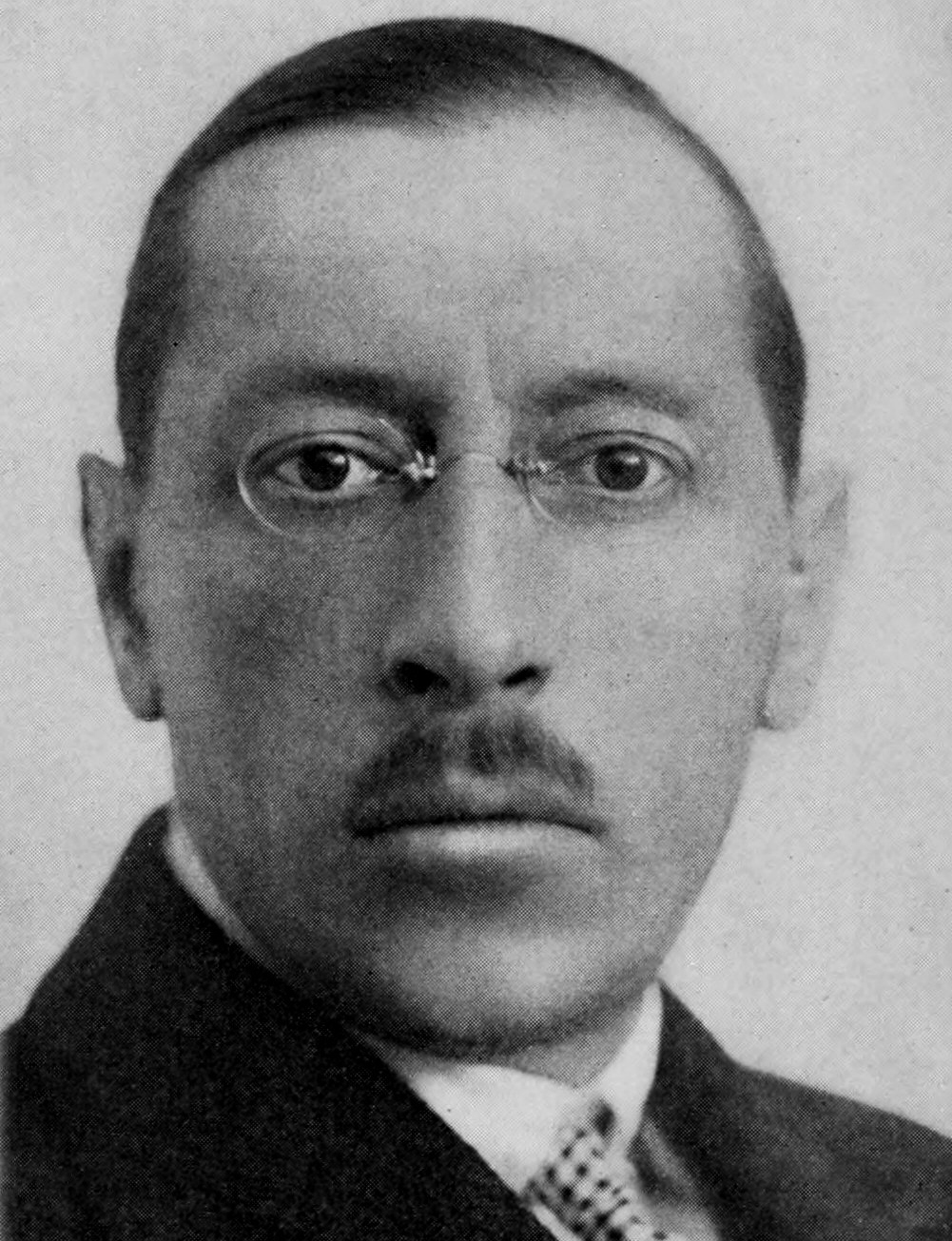

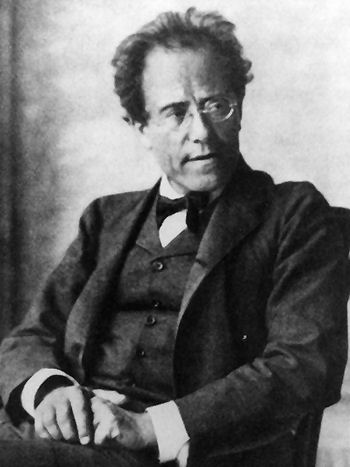
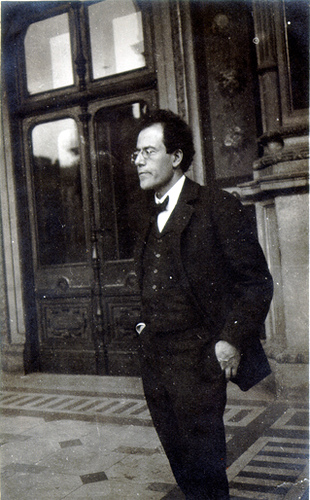
.jpg)






